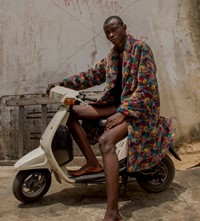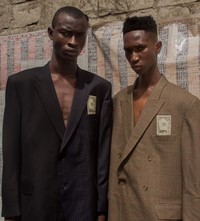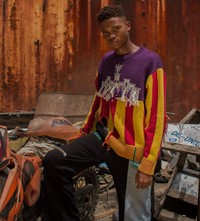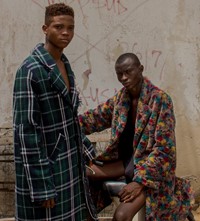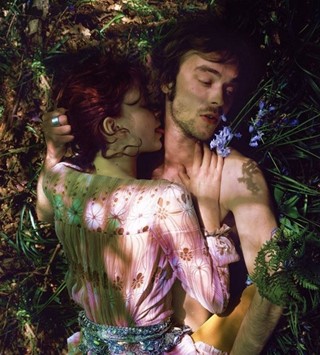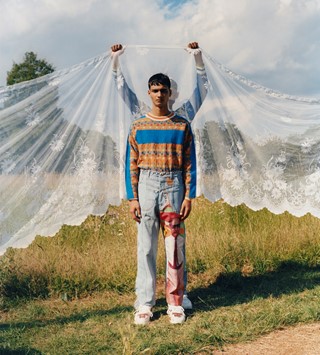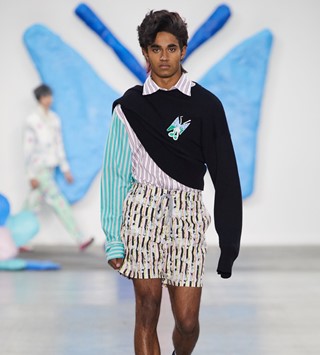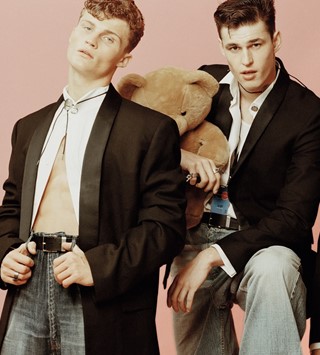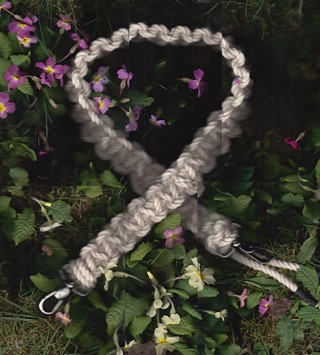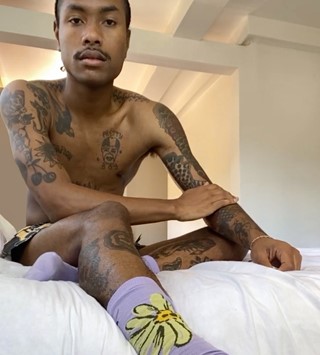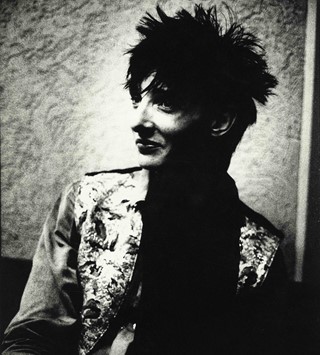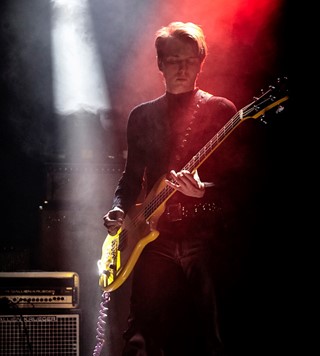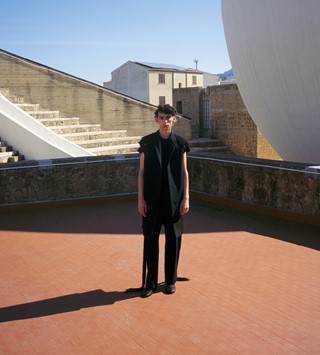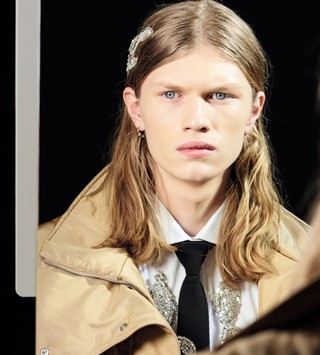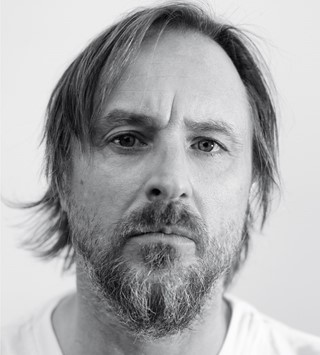Emeric Tchatchoua’s brand 3.Paradis is melding tailoring and streetwear with the designer’s international roots
- TextMahoro Seward
Name: Emeric Tchatchoua
Brand: 3.Paradis
Location: Montreal
Alma Mater: École supérieure de mode | ESG UQAM
USP: Thoughtful streetwear-inspired tailoring with bold graphics and international roots
Instagram: @3paradis
Born in Paris, based in Montreal, and with family roots in Cameroon, designer Emeric Tchatchoua’s has had a decidedly international life. This cultural hybridity has served as the bedrock for 3.Paradis, the LVMH Prize-nominated label he founded back in 2014. Harmonising generously proportioned tailoring, graphic prints and homage to his ancestral homeland, the brand offers an approach to menswear that evades simple categorisation.
Tchatchoua’s first encounter with fashion came via Japanese pop culture and streetwear – he’s a particular fan of the work of A Bathing Ape’s Nigo – and later, Hedi Slimane’s fastidiously cut collections for Dior Homme. He fuses these elements in his own work: from the outset, he was adamant to combine the more casual, practical notes of the streetwear he admired, with tailoring’s exactitude. “I didn’t want to do anything that was too classic. I wanted to create for the guy that wants to wear a blazer, but doesn’t feel like he’s working at a bank,” he tells Another Man. “My work is for the guy that wants to wear a suit to be stylish, even if he’s just going out to get groceries.”
For his latest A/W19 collection – titled Calaviñas – Tchatchoua focuses on the bittersweet feeling of time passing by, and the impossibility of reliving the memories we form. It began when the designer took stock of a collection of banknotes he’d amassed over about seven years of extensive travel, from dollars and francs, to yen and yuan. “I’d kept all of the leftover notes I had at the end of a trip as a sort of souvenir I guess. When I came back from one of the last trips I made before starting work on this collection, I had no idea what I wanted to discuss. Opening that box and going through it, each note triggered a specific memory of a specific trip,” he says. “I noticed that, while those memories were fond, they were tinged with sadness, as they could never be relived. In my mind, nostalgia came to represent this peculiar joy of being sad, so I made that paradox the central focus of my work.”
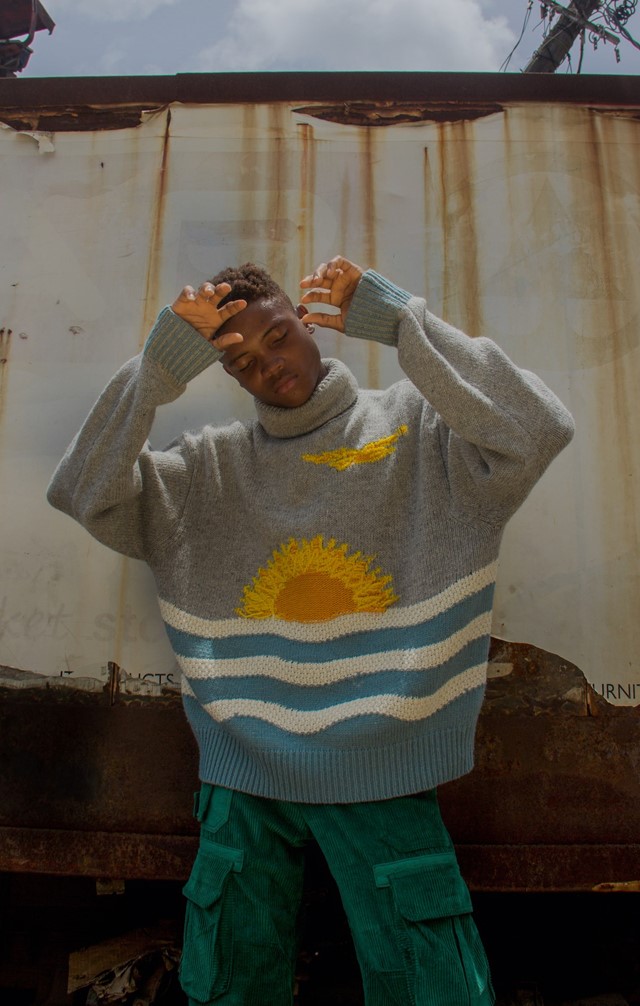
With that in mind, Tchatchoua began to hand-stitch the notes together, and then laminate them to create a fabric from which he made a collared jacket. Tailoring came next – there are boxy jackets, in one case a hybrid of grey pinstripe and matte black wool – then trousers, in mauve and forest green corduroy with cargo pockets. Graphic pieces, meanwhile, refer to childhood memories, such as the one particular film his sister would play on a constant loop. “When we were young, my sister used to be absolutely obsessed with The Little Mermaid,” Emeric explains. “Now, whenever I see an octopus, I can’t help but think of Ursula, the film’s villain, so I translated that memory into a tentacle print.”
Knit pieces also feature, their frayed and trailing edges giving texture to Tchatchoua’s musings on the sweetly sad ephemerality of time. “My business partner, Zaki Benaissa, and I always used to talk about his youth. He had a small house in a town called Calaviñas, hence the title of the collection, and spoke of it with such nostalgia. It’s quite close to Palma de Mallorca, so the city’s flag became a motif for one of the knits. Its trailing threads convey this sense of nostalgia involved with destroying the present,” he says.
After taking up an invitation to show his A/W19 collection at Arise Fashion Week in Lagos, alongside Asai, Mowalola, and Oswald Boateng, the designer met photographer Stephen Tayo. This crossing of paths and minds yielded the collection’s campaign, shot in Tayo’s inimitable sun-splashed style. “It was amazing to do an African shoot with and African location, and African photographer, and African models. Like me, Stephen’s a real storyteller, and though the story he has to tell is a uniquely African one, our worlds often overlap. Going back and shooting in Africa, is something I want to do more of, it felt really right for the brand.”
All the same, against the growing discussions surroundings fashion’s treatment of African-ness and blackness as trends, is Tchatchoua keen to be branded as an Africa-diasporic designer? “It doesn’t really matter to me. At the end of the day, the work speaks for itself. That may be the case right now, but it won’t be like that tomorrow. We can accelerate the change we want to see by addressing those common issues, but we can find hope in the fact that things are changing all the time – “nothing is permanent in this world,” he says. And he’s right – in the end, things as they are today are all but tomorrow’s memories.
